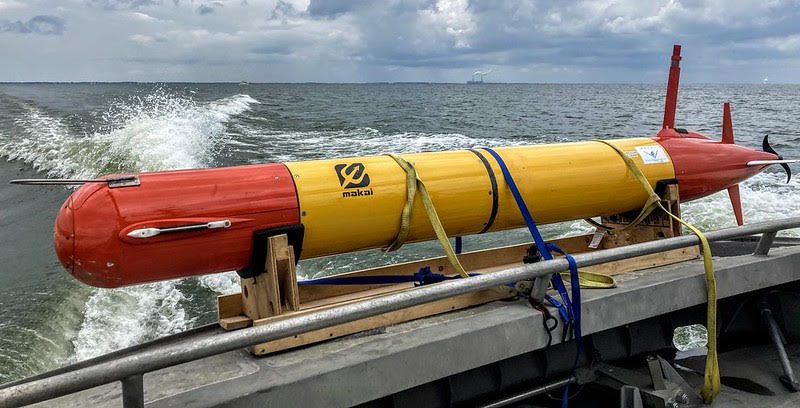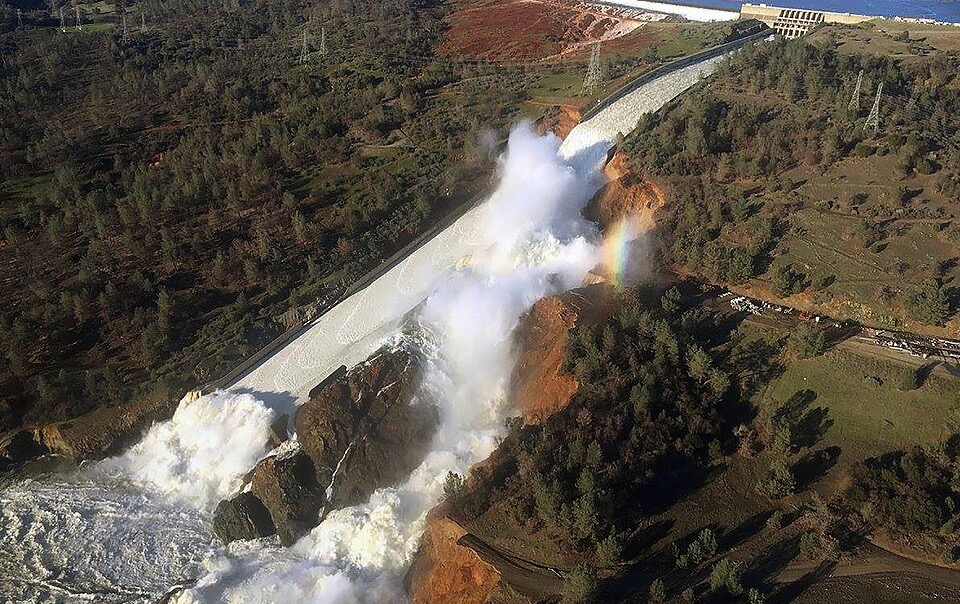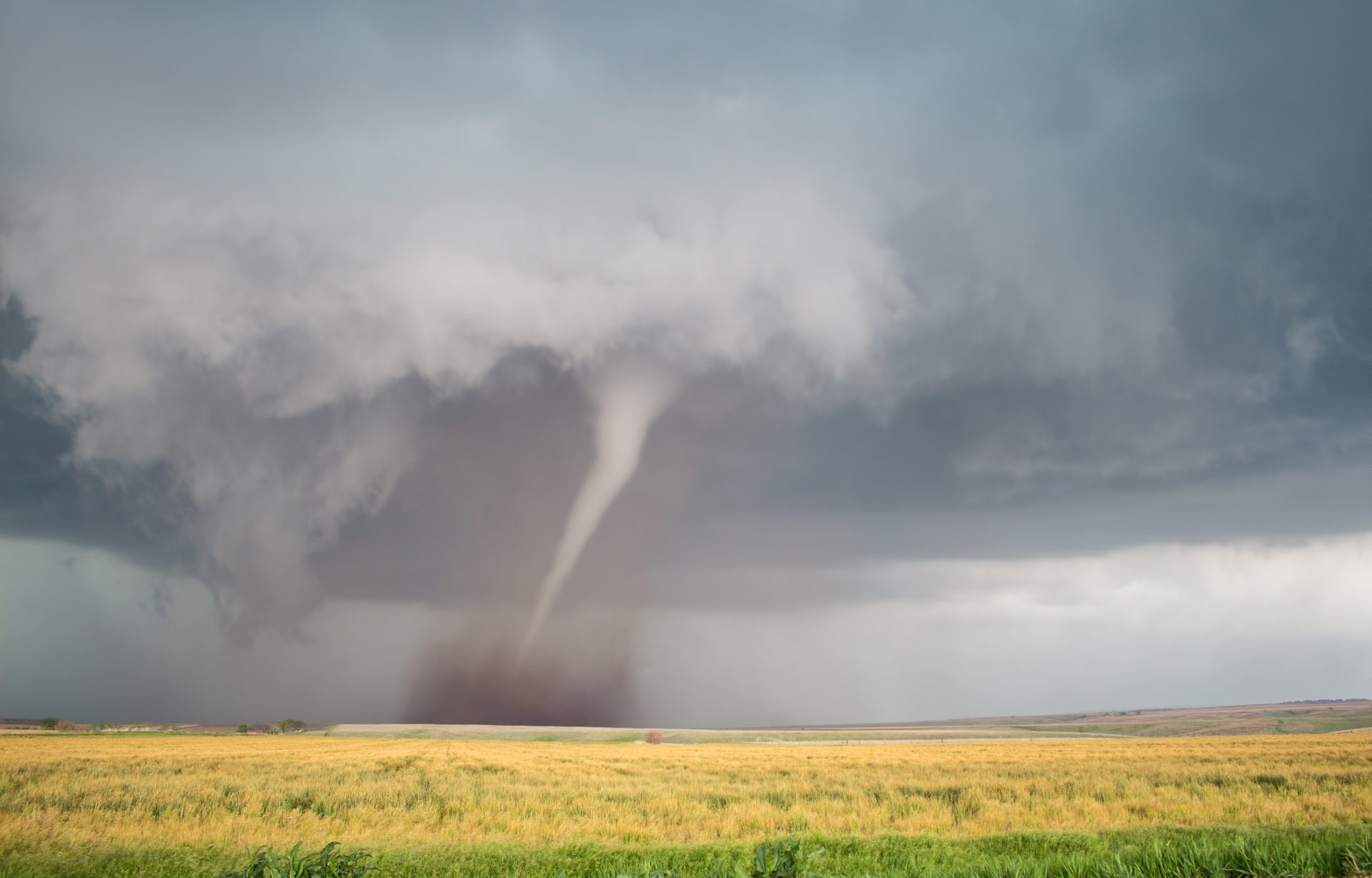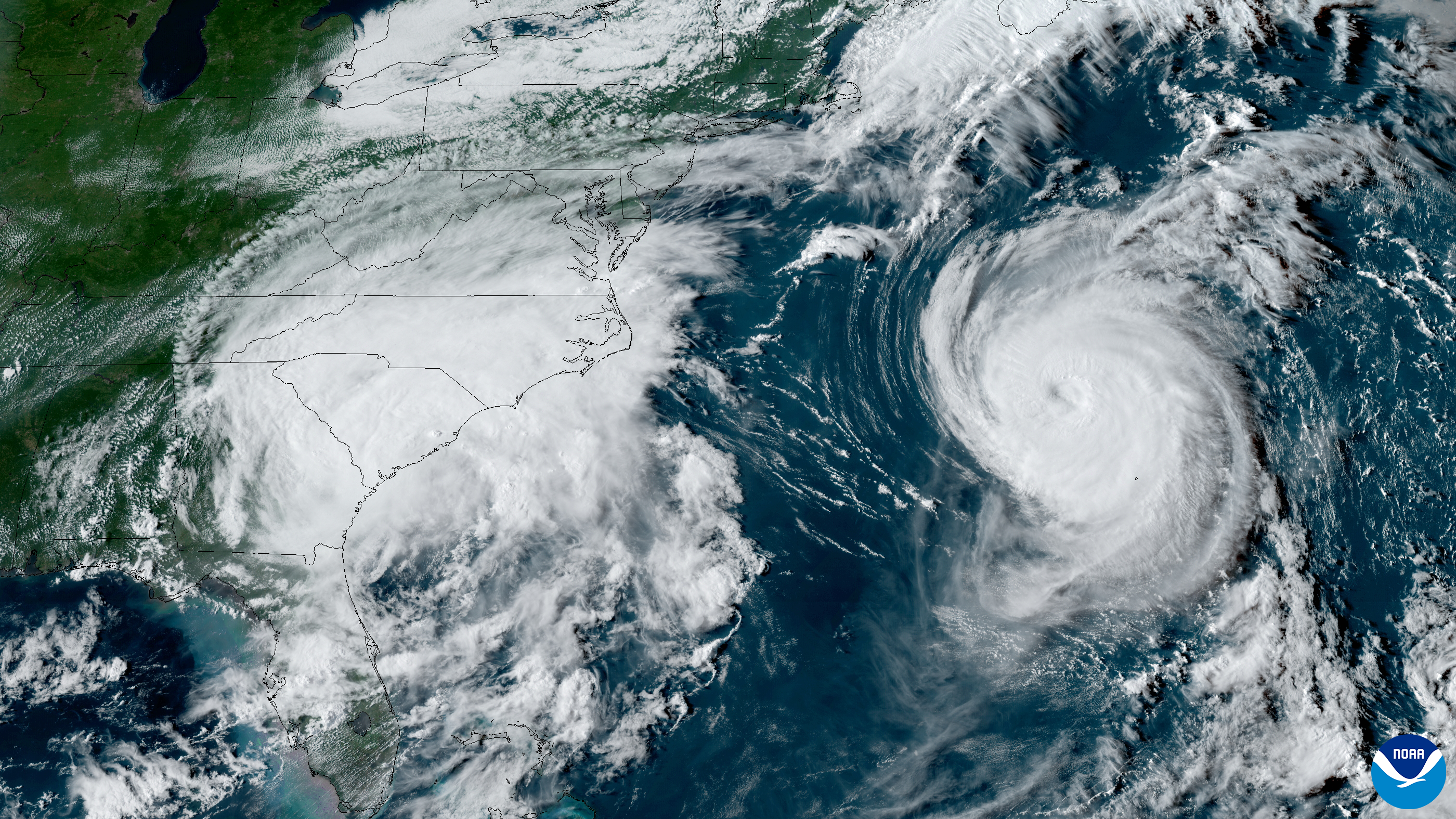Selection comes with up to $208 million award over five years
The National Oceanic and Atmospheric Administration today announced it has selected the University of Oklahoma to host NOAA’s Cooperative Institute for Severe and High-Impact Weather Research and Operations (CISHIWRO).
The mission of this cooperative institute is to promote collaborative research with NOAA on research to improve the understanding of severe and high-impact weather and to help produce better forecasts and warnings that save lives and property.
“We are pleased to announce that the University of Oklahoma will host our new Cooperative Institute for Severe and High-Impact Weather Research and Operations,” said Craig McLean, assistant NOAA administrator for Oceanic and Atmospheric Research. “This institute will help NOAA achieve our mission to better understand and predict weather in order to save lives and protect property.”
NOAA to award OU up to $208 million over five years
The selection comes with an award of up to $208 million over the course of five years, with the potential for renewal for another five years based on successful performance. NOAA selected the University of Oklahoma after an open, competitive evaluation.
The new cooperative institute will continue to address some of the major research themes that have been the focus of NOAA’s previous cooperative institute hosted by the University of Oklahoma, the Cooperative Institute for Mesoscale Meteorological Studies (CIMMS), as well as expand to include new research areas and collaborating institutions. The five research themes include: 1) Weather radar and observations research and development; 2) Mesoscale and stormscale modeling research and development; 3) Forecast applications improvements research and development; 4) Subseasonal- to-seasonal (S2S) prediction for extreme weather events; and 5) Social and socioeconomic impacts of high impact weather systems.
CISHIWRO, led by the University of Oklahoma, will be comprised of a consortium of graduate degree-granting institutions. These institutions include Howard University, The Pennsylvania State University, Texas Tech University, and University at Albany.
NOAA supports 20 cooperative institutes consisting of 70 universities and research institutions in 28 states and the District of Columbia. These research institutions provide strong educational programs that promote student and postdoctoral scientist involvement in NOAA-funded research.
For more information, please contact Monica Allen, NOAA Communications, at 202-379-6693 or by email at monica.allen@noaa.gov



